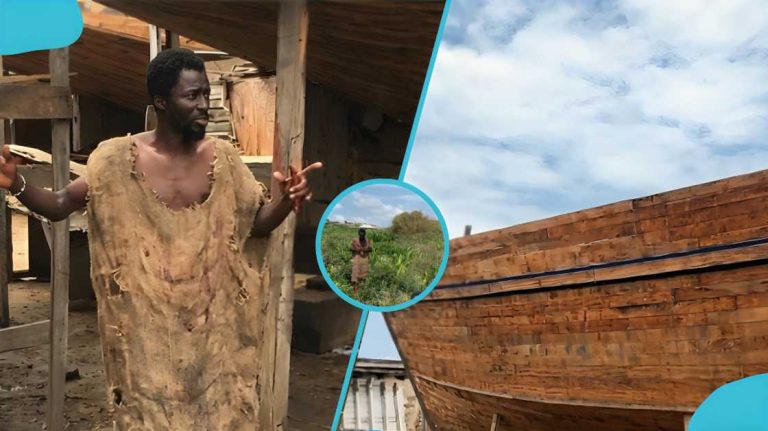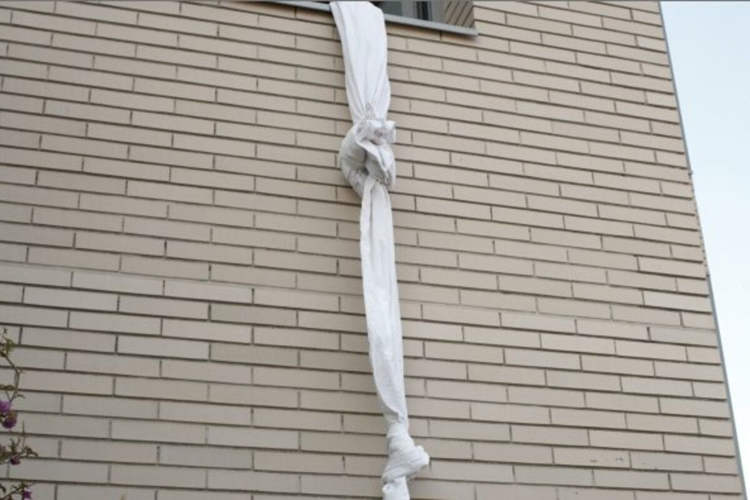Among the brightest of Brooklyn’s diverse inhabitants are Quaker parrots – tropical green birds with blue wing tips, measuring about 12 inches from beak to tail. Although they’re native to the generally hot regions of central and southern Argentina, they’ve successfully managed to colonize the relatively colder New York borough over the past four to five decades.
No one knows exactly how these colonies of exotic birds came to live in the Big Apple, but as with all mysteries, there is a lot of speculation surrounding their existence. The most popular explanation has to do with an accident at JFK Airport, during which a number of birds escaped from broken shipping crates and ended up making a home for themselves in the city. Others believe the real answer to this mystery is much less dramatic, and actually has to do with clumsy bird owners. Quaker or Monk Parrots were very popular pets during the 70’s as they were very cooperative and easy to train, so it’s easy to assume that some of them escaped and founded the colonies that today exist all over New York – in Pelham Bay in the Bronx, on the Upper West Side of Manhattan, in eastern Queens in Howard Beach, throughout Staten Island, and sometimes in Central Park.

But the New York Times suggests that the most compelling place to observe the birds is in Brooklyn: “They can be seen on telephone poles in Gravesend, Marine Park and Midwood, often dangerously incorporating transformer boxes as nests’ central heating units. Greenwood Cemetery hosts one of the largest colonies in the city. The interwoven mass of twigs and birds turns the cemetery’s gothic main gate into a living sculpture. At 25th Street and Fifth Avenue, it houses dozens of parrots in all seasons.”

A colony of 40 to 50 Quaker or monk parrots can easily be found nesting on the power lines above Brooklyn College’s athletic field, close to the heat-emitting transformers. “In New York City, you don’t see too many types of birds besides pigeons,” said Steve Baldwin, a Brooklyn resident who has been studying the parrots for over a decade. “The parrots are tough and resourceful. I was charmed and intrigued by them and it seemed no one was paying much attention to them. You can’t miss them. They’re emerald green with a raucous squawk that sounds like a motor that needs oil.”

Baldwin, who also conducts free monthly tours through the Brooklyn College campus and around the Flatbush neighborhood, prefers to keep his tour locations secret, even requiring his tour-takers to swear non-disclosure, because he doesn’t want poachers to try and capture the exotic creatures. His one-and-a-half hour tour features a history lesson on the origins of the Quaker parrot colony, including the famous JFK airport story. Visitors have to bring binoculars to get a close-up view of the birds as they feed their fledglings or fiddle with their nests.

“They’re smaller than a pigeon, but larger than a sparrow – they’re the only kind of parrots that build these kind of free standing structures,” Baldwin says about the parrots’ impressive dwellings. “These nests can get up to the size of small cars. It’s methodical work, it’s twig after twig. Parrots are sort of the primates of the bird world, they’re smart, they’re communicative, they eat almost anything that’s available to them, so they’re perfectly set up to thrive in a place like Brooklyn. Even though it’s not where they came from, they’ve adapted extremely well. You have to have a certain fibre of steel to make it in this town and I think the parrots have those qualities.”

Indeed, surviving in New York city can be hard enough for humans, let alone some delicate exotic birds, but Quaker parrots are tougher than they look. According to BrooklynParrots.com, “the birds are naturally blessed with a unique portfolio of skills for urban survival: teamwork, communications, tolerance for chilly weather, the ability to improvise housing in unlikely places, and a wide-ranging diet.” These allow them to deal with a series of dangerous predators both in the air and on the ground – hawks, kestrels, falcons and human poachers – survive harsh winters and actually thrive as a colony.

“They’re immigrants to the city like everybody else,” said Norman Savitt, a Brooklyn Heights resident. “They’re trying to fit and coexist.” So far, they seem to be doing great.
Photos: Brooklyn Parrots/Facebook













